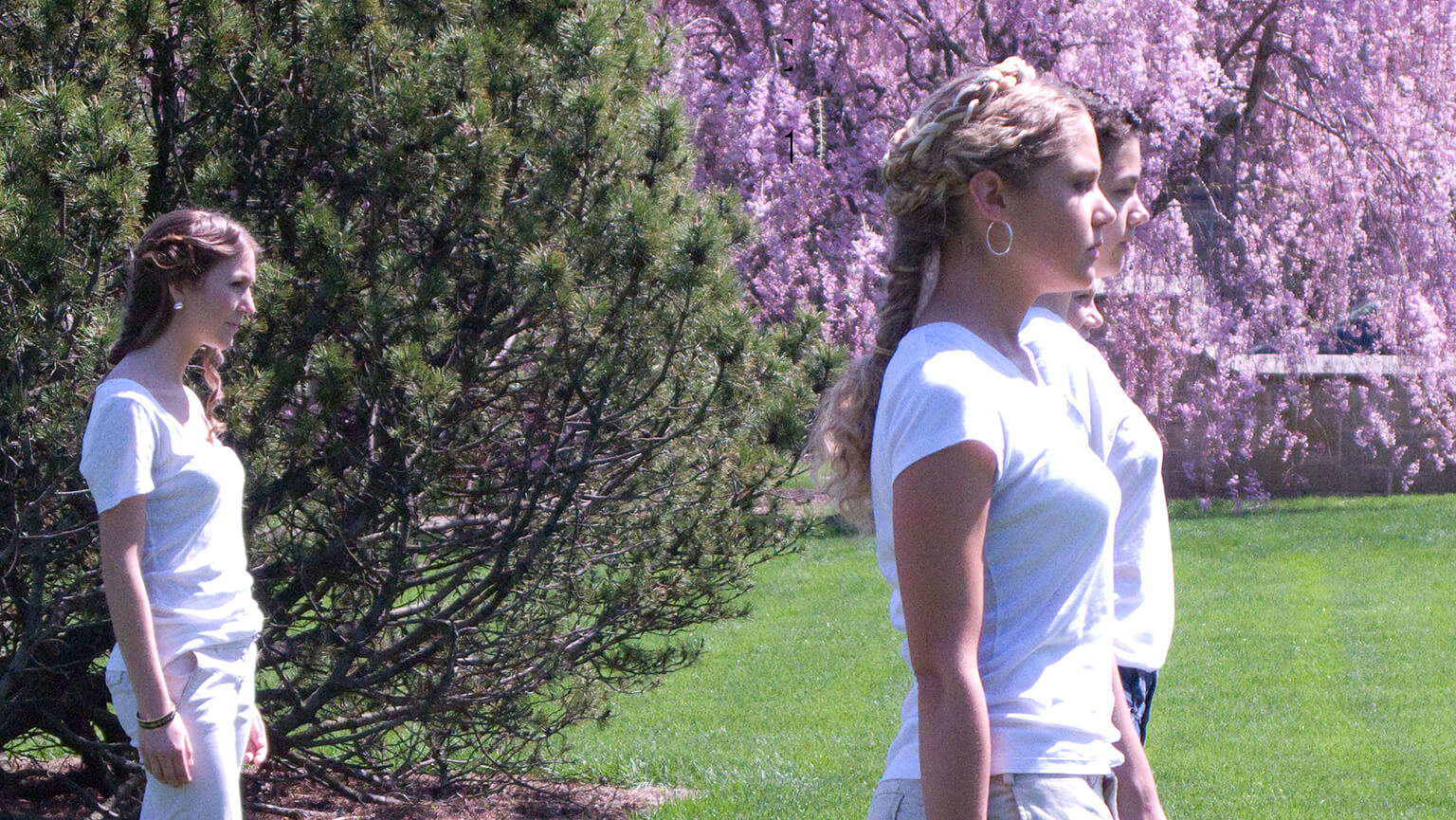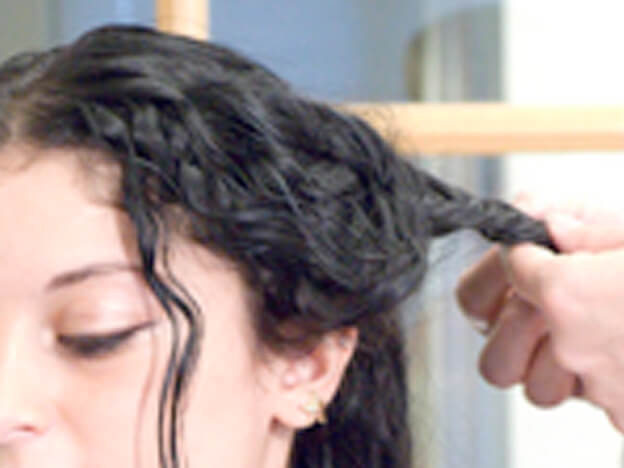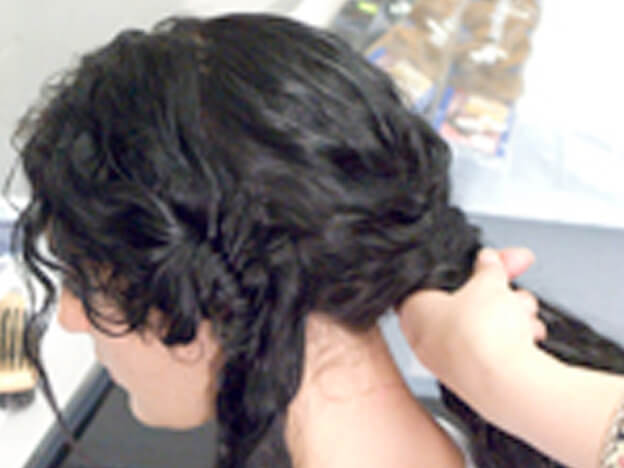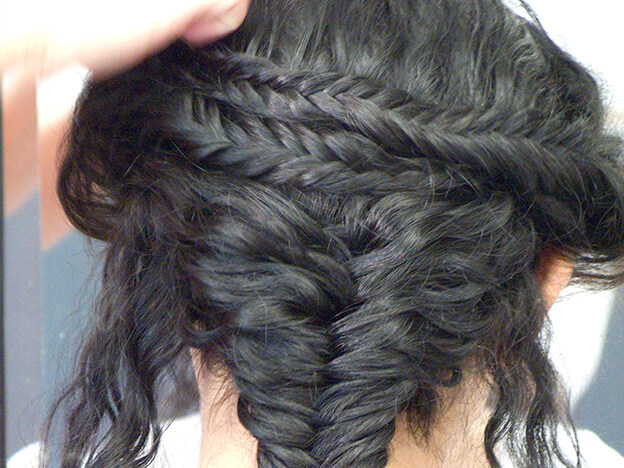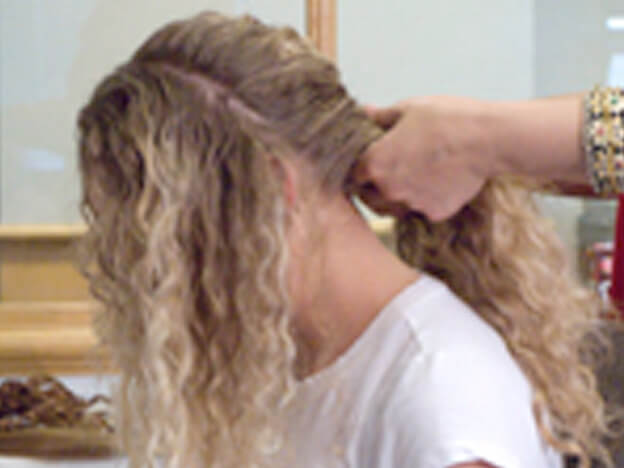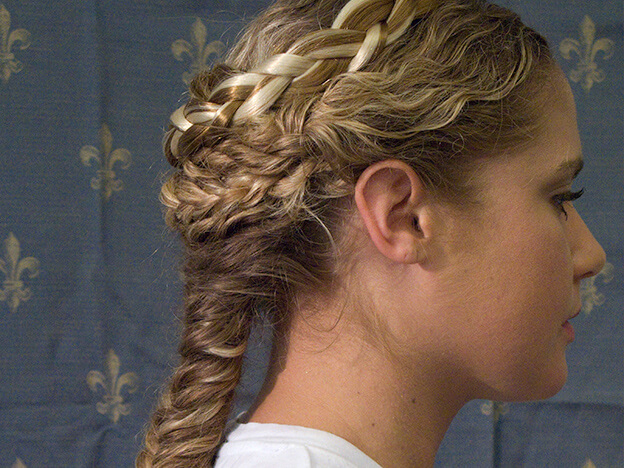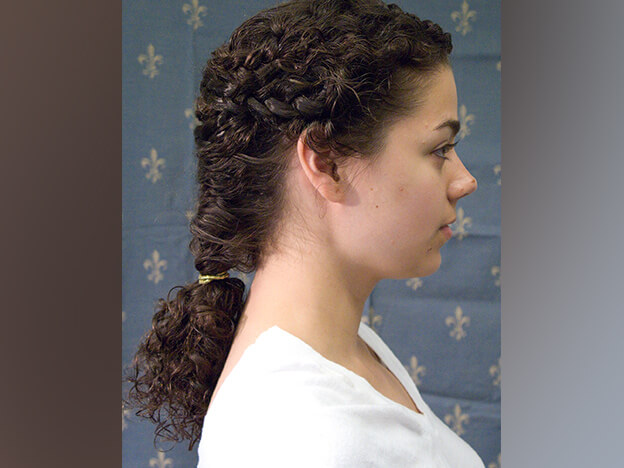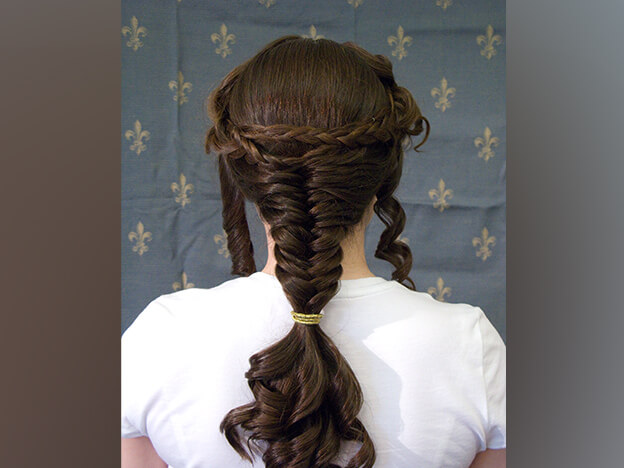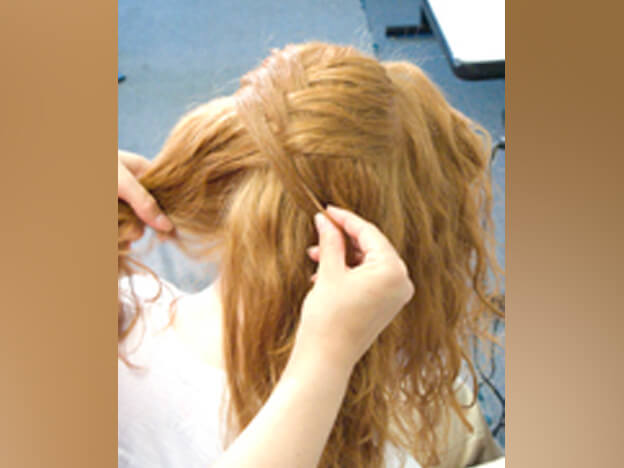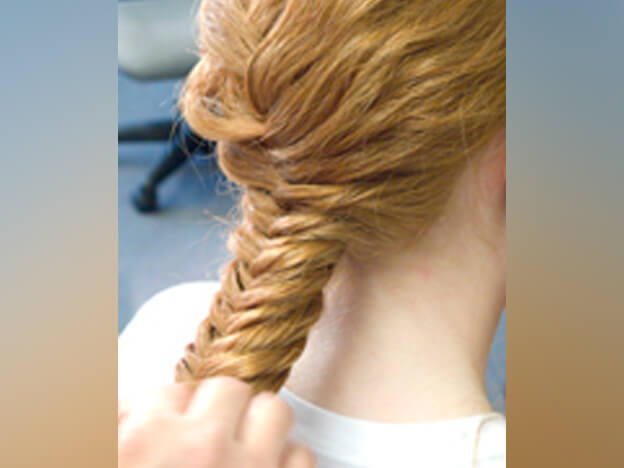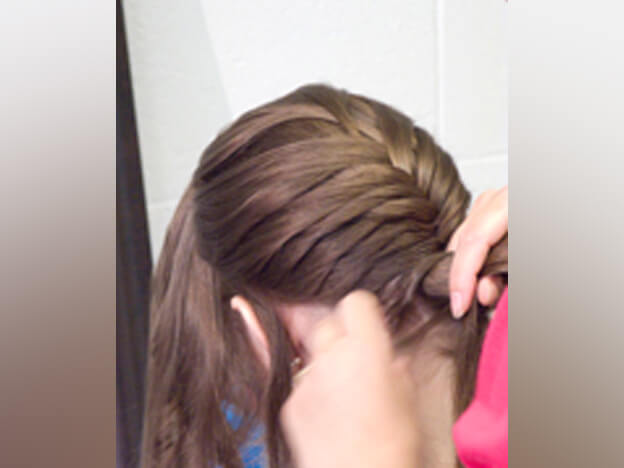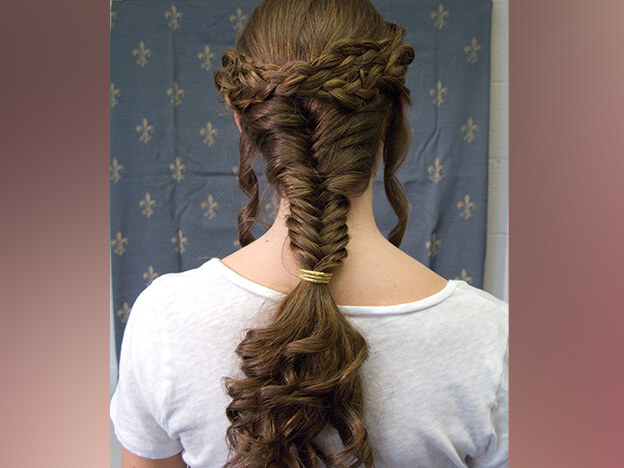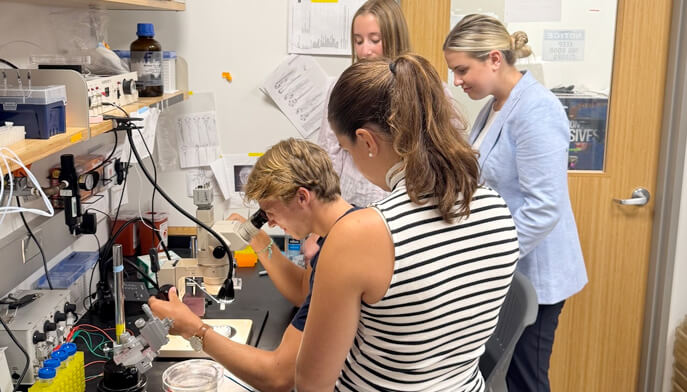
A groundbreaking project at Fairfield University has shed new light on the lives of women in ancient Athens, revealing that the intricate hairstyles depicted in iconic Greek sculptures were not artistic inventions but reflections of real styles worn by elite women of the time.
Led by Dr. Katherine Schwab in April 2009, the Caryatid Hairstyling Project tested whether the elaborate coiffures carved into the marble Caryatids—statues of maidens that adorn the South Porch of the Erechtheion on the Acropolis—were based on reality. These sculptures, famous for their intricate braiding and striking detail, have long intrigued historians and art scholars alike.
To put the question to the test, Dr. Schwab enlisted the help of student volunteers as models and a professional hairstylist to recreate the Caryatids’ hairstyles. The hairstylist carefully replicated the sculpted designs on the volunteers, following the ancient patterns depicted on the marble maidens.
The result was clear: the Caryatids’ hairstyles were achievable in real life, proving they were modeled after the intricate coiffures worn by women of high social rank in ancient Athens.
This finding has far-reaching implications for our understanding of ancient Greek society. The Acropolis sculptures, long seen as artistic masterpieces, now provide a more personal glimpse into the culture and customs of Athenian women. Their hairstyles, worn in public settings such as religious festivals, were not only expressions of beauty but also symbols of status and sophistication.
“The project was an incredible opportunity to bring art and history to life,” said Dr. Schwab. “It was fascinating to see how the sculptures reflect the realities of daily life and cultural identity in ancient Athens.”
The Caryatid Hairstyling Project highlights the innovative ways classical studies can deepen our understanding of the ancient world. By bridging art, history, and hands-on experimentation, the project offers a rare connection to the personal lives of women from a civilization that continues to inspire.
